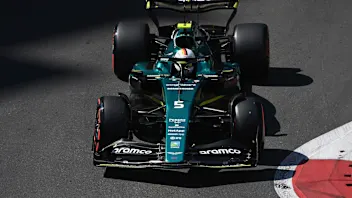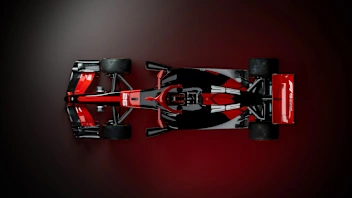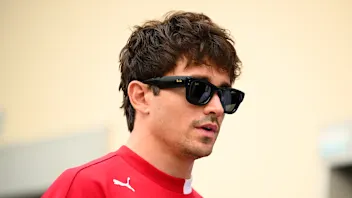MONDAY MORNING DEBRIEF: Why Ferrari's big upgrades didn't deliver the goods in Barcelona


Carlos Sainz, in the heavily updated Ferrari, began the Spanish Grand Prix in a promising position, starting alongside the pole-sitting Red Bull of Max Verstappen on the front row. But, despite a closely-fought start, the Spaniard finished the race four places and 46s behind.
The Ferrari had lost an average of 0.7s per lap to the victorious Verstappen and had been overtaken on track by both Mercedes cars and the second Red Bull of Sergio Perez.
Next Up
Related Articles
 11 times F1 drivers took another driver’s car number
11 times F1 drivers took another driver’s car number Verstappen confirms new number for 2026 season
Verstappen confirms new number for 2026 season Everything you need to know about F1's new rules for 2026
Everything you need to know about F1's new rules for 2026 F1 AcademyHaas name Countryman as 2026 F1 ACADEMY driver
F1 AcademyHaas name Countryman as 2026 F1 ACADEMY driver Leclerc calls Ferrari’s focus shift to 2026 a ‘no-brainer’
Leclerc calls Ferrari’s focus shift to 2026 a ‘no-brainer’.webp) Winners & Losers5 Winners and 5 Losers from the 2025 season
Winners & Losers5 Winners and 5 Losers from the 2025 season
